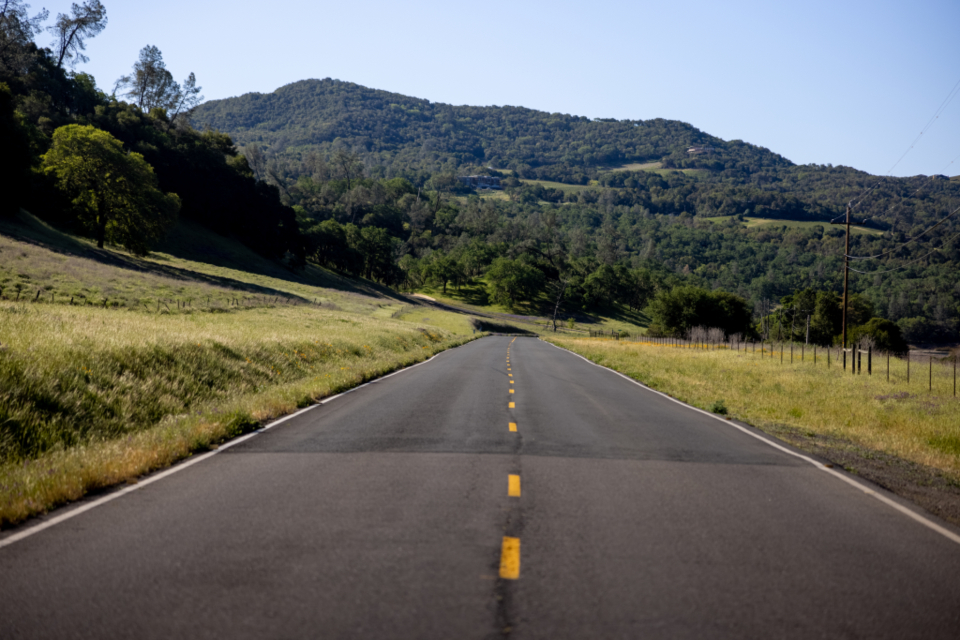Rural areas routinely get short shrift when it comes to transportation funding in the U.S. Between 2009 and 2015, they received about 37% of federal highway funds—even though 71% of public roads are in rural areas.
While the justification for this makes sense (fewer people live in rural areas, and rural roads see less traffic), the result is roads that are not just ill-maintained but lacking in basic safety measures like lighting, warning signage, and guard rails. Accordingly, rural roads have a fatal crash rate that is over twice the rate of urban roads.
The good news is the federal government is taking steps to address this chronic underinvestment, primarily by creating and expanding competitive grant programs aimed at rural communities, as well as reducing (and in some cases, eliminating) the ‘matching requirement’ that communities must contribute to receive funding.
Searching for funding opportunities for your next rural road project? Here’s some of our favorites—including one that’s currently accepting applications!
Highway Safety Improvement Program (HSIP) – link
One of the largest and most flexible federal programs, HSIP funds can be used for everything from repaving state and country roads to urban pedestrian safety projects. It can also be used for rural road improvements, in fact requiring that states that have seen increases in rural road fatalities to obligate funds to this purpose under the High Risk Rural Road Special Rule.
HSIP is a formula grant program, meaning that it is not awarded on a competitive basis, and is instead allocated to states based on federal states, tribal organizations, and transit agencies based on formulas set out by Congress. You can find your state’s annual HSIP amount here.
Rural Surface Transportation Grant Program (RST) – link
As the name indicates, this program provides grants to state and regional planning organizations, local governments, and Tribal governments (or a combination thereof) to expand surface transportation infrastructure in rural areas. It can—and has!—been used to resurface roads, build bridges, fund transit services, and update signage on a wide variety of rural roads.
Strengthening Mobility and Revolutionizing Transportation Grant Program (SMART) – link
A new program established under the Bipartisan Infrastructure Law (BIL), SMART grants are awarded to eligible public sector agencies (states, Tribal governments, transit agencies, toll authorities, and metropolitan planning organizations) to conduct demonstration projects focused on advancing smart community technologies and systems to improve transportation safety and efficiency. The last round of funding (2022) awarded grants to a variety of rural projects, including public transit and multi-modal.
Rebuilding America’s Infrastructure with Sustainability and Equity (RAISE) – link
Previously known as the BUILD (and TIGER) grant, RAISE was renamed and expanded under the BIL and now provides around $2 million a year to eligible infrastructure projects. Notably, half of the funding is now earmarked for rural areas, and in 2023, it funded everything from rural road resurfacing to bridge replacement to shared-use pathways. Additionally, 70% of the grants went to projects in regions defined as an Area of Persistent Poverty or Historically Disadvantaged Community.
Thriving Communities Program – Closes Nov. 15, 2023 – link
Another new program created by the BIL, the Thriving Communities Program is designed to help disadvantaged and under-resourced communities access the technical assistance, planning, and capacity building required to compete for other federal infrastructure grant programs. Compared to other programs, Thriving Communities’ application is remarkably straightforward: submit a Letter of Interest (which is really more of an online form) describing your transportation goals and priorities. One of the three funding categories is reserved for ‘Tribal and rural communities’.
Additional resources:
- Rural safety solutions digital brochure (Carmanah)
- Rural funding opportunities (USDOT)
- Rural eligibility (FHWA)
- Ways local governments can make their federal match (NLC)
